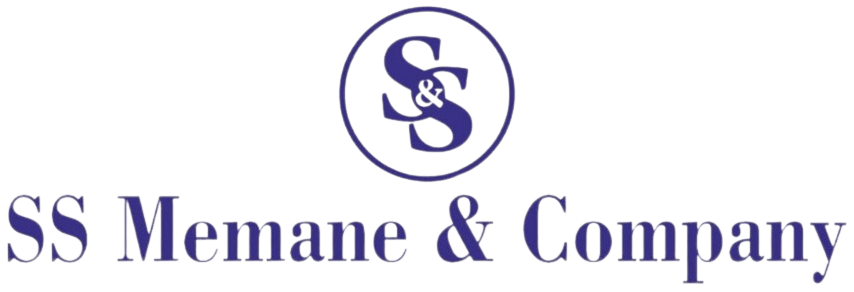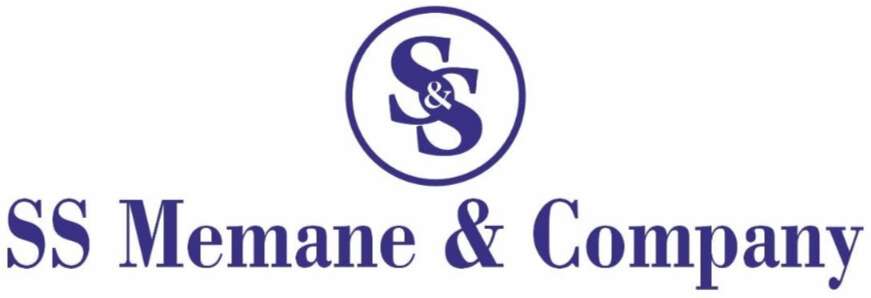Balance Sheet Preparation
Quick Contact
Documents Required
- PAN Details
- Invoice Details
- Bank Statements
- Form 26AS
Balance Sheet Preparation
A Balance Sheet is a financial statement that provides a snapshot of a company’s financial position at a specific point in time. It lists all the company’s assets, liabilities, and equity, and ensures that the company’s books are balanced, i.e., Assets = Liabilities + Equity.
Steps to Prepare a Balance Sheet
Collect Financial Data:
Gather all financial documents, including trial balances, general ledger entries, and supporting documents for assets, liabilities, and equity.
Prepare the Assets Section:
Current Assets:
Cash and Cash Equivalents: Include cash on hand, bank balances, and short-term investments.
Accounts Receivable: Outstanding amounts from customers.
Inventory: Value of raw materials, work-in-progress, and finished goods.
Prepaid Expenses: Payments made in advance for services or goods to be received in the future.
Non-Current Assets:
Property, Plant, and Equipment (PP&E): Cost of physical assets like land, buildings, machinery, less accumulated depreciation.
Intangible Assets: Non-physical assets such as patents, trademarks, and goodwill.
Long-Term Investments: Investments held for more than a year, like bonds or shares.
Prepare the Liabilities Section:
Current Liabilities:
Accounts Payable: Amounts owed to suppliers.
Short-Term Loans: Loans or credit facilities that are due within one year.
Accrued Expenses: Expenses incurred but not yet paid, such as wages, utilities, and interest.
Unearned Revenue: Revenue received before the service is performed or goods are delivered.
Non-Current Liabilities:
Long-Term Loans: Loans or debt obligations due beyond one year.
Deferred Tax Liabilities: Taxes owed in the future due to temporary differences between accounting and tax treatment.
Prepare the Equity Section:
Share Capital: Amount invested by shareholders in exchange for shares of the company.
Retained Earnings: Cumulative net income minus dividends paid to shareholders.
Additional Paid-In Capital: Amount paid by shareholders above the nominal value of shares.
Other Comprehensive Income: Items of income and expense not recognized in profit and loss but included in equity.
Format the Balance Sheet:
Heading:
Include the company’s name, the title “Balance Sheet,” and the date as of which the balance sheet is prepared.
Body:
List assets first, followed by liabilities, and then equity.
Classification:
Classify assets and liabilities into current and non-current categories.
Ensure the Balance Sheet Balances:
Verify that the total assets equal the total liabilities plus equity. This ensures the balance sheet is balanced.
Review and Finalize:
Double-check all calculations and ensure that all figures are accurate and correspond with the financial records.
Ensure that all relevant notes and disclosures are included to provide additional context.
Documents Required
Trial Balance:
Provides a summary of all ledger account balances, which helps in identifying the total amounts of assets, liabilities, and equity.
General Ledger Entries:
Detailed records of all financial transactions categorized into specific accounts.
Invoices and Receipts:
Sales and purchase invoices, expense receipts, and bank statements to verify and record financial transactions.
Bank Statements:
Statements from all bank accounts to reconcile cash balances and verify transactions.
Inventory Records:
Documentation of inventory purchases, sales, and stock levels to determine the value of inventory on hand.
Fixed Asset Register:
A record of all property, plant, and equipment, including purchase dates, costs, and accumulated depreciation.
Loan Agreements:
Documents detailing the terms and balances of any short-term and long-term loans or borrowings.
Share Capital and Equity Documents:
Records of shareholder investments, changes in share capital, and other equity-related documents.
Tax Documents:
Documentation related to taxes, including deferred tax assets and liabilities.
Expense Reports:
Detailed reports of business expenses, including accrued expenses and prepaid expenses.
Previous Balance Sheets:
Prior year’s balance sheets for comparison and consistency checks.
Process for Preparing a Balance Sheet
Collect Financial Data:
Gather all necessary documents, including the trial balance, general ledger, bank statements, invoices, and other supporting records.
Prepare the Assets Section:
Current Assets:
List and total all current assets such as cash, accounts receivable, inventory, and prepaid expenses.
Non-Current Assets:
List and total all non-current assets such as property, plant, and equipment (PP&E), intangible assets, and long-term investments. Subtract accumulated depreciation from PP&E.
Prepare the Liabilities Section:
Current Liabilities:
List and total all current liabilities such as accounts payable, short-term loans, accrued expenses, and unearned revenue.
Non-Current Liabilities:
List and total all non-current liabilities such as long-term loans and deferred tax liabilities.
Prepare the Equity Section:
Share Capital:
Record the total share capital based on shareholder contributions.
Retained Earnings:
Add the current year’s net income (or subtract net loss) from retained earnings from the previous year.
Additional Paid-In Capital:
Record any additional capital paid by shareholders beyond the nominal value of shares.
Other Comprehensive Income:
Include any other items of income or expense not recognized in the profit and loss account.
Format the Balance Sheet:
Heading:
Include the company’s name, title “Balance Sheet,” and the date as of which the balance sheet is prepared.
Body:
List assets first, followed by liabilities and then equity.
Classification:
Separate assets and liabilities into current and non-current categories for clarity.
Verify Accuracy:
Ensure that the total assets equal the total liabilities plus equity (Assets = Liabilities + Equity). Check all calculations and make adjustments as necessary.
Review and Finalize:
Double-check the balance sheet for accuracy and completeness. Ensure that all necessary notes and disclosures are included to provide context to the figures.
Approval and Reporting:
Have the balance sheet reviewed and approved by management or relevant stakeholders. Prepare the document for reporting or inclusion in financial statements.
Advantages
Financial Health Overview:
Provides a snapshot of the company’s financial position, including its assets, liabilities, and equity.
Investment Decisions:
Helps investors and stakeholders assess the company’s stability and liquidity.
Creditworthiness:
Assists in evaluating the company’s ability to meet its long-term obligations and secure financing.
Performance Analysis:
Facilitates the analysis of financial performance over time by comparing balance sheets from different periods.
Compliance:
Ensures compliance with financial reporting standards and regulations.
Disadvantages
Snapshot Limitation:
Represents the financial position at a specific point in time and may not reflect current conditions due to changes in financial performance or market conditions.
Complexity:
Preparing a detailed and accurate balance sheet requires a thorough understanding of accounting principles and can be complex for new businesses.
Subjectivity:
Some valuations, such as the value of intangible assets or inventory, may involve subjective judgments and estimates.
Does Not Reflect Cash Flow:
Does not provide information about the company’s cash flow or operational efficiency.
- Copyright 2024 © SS Memane || Designed By || Mr. Sunil Memane


